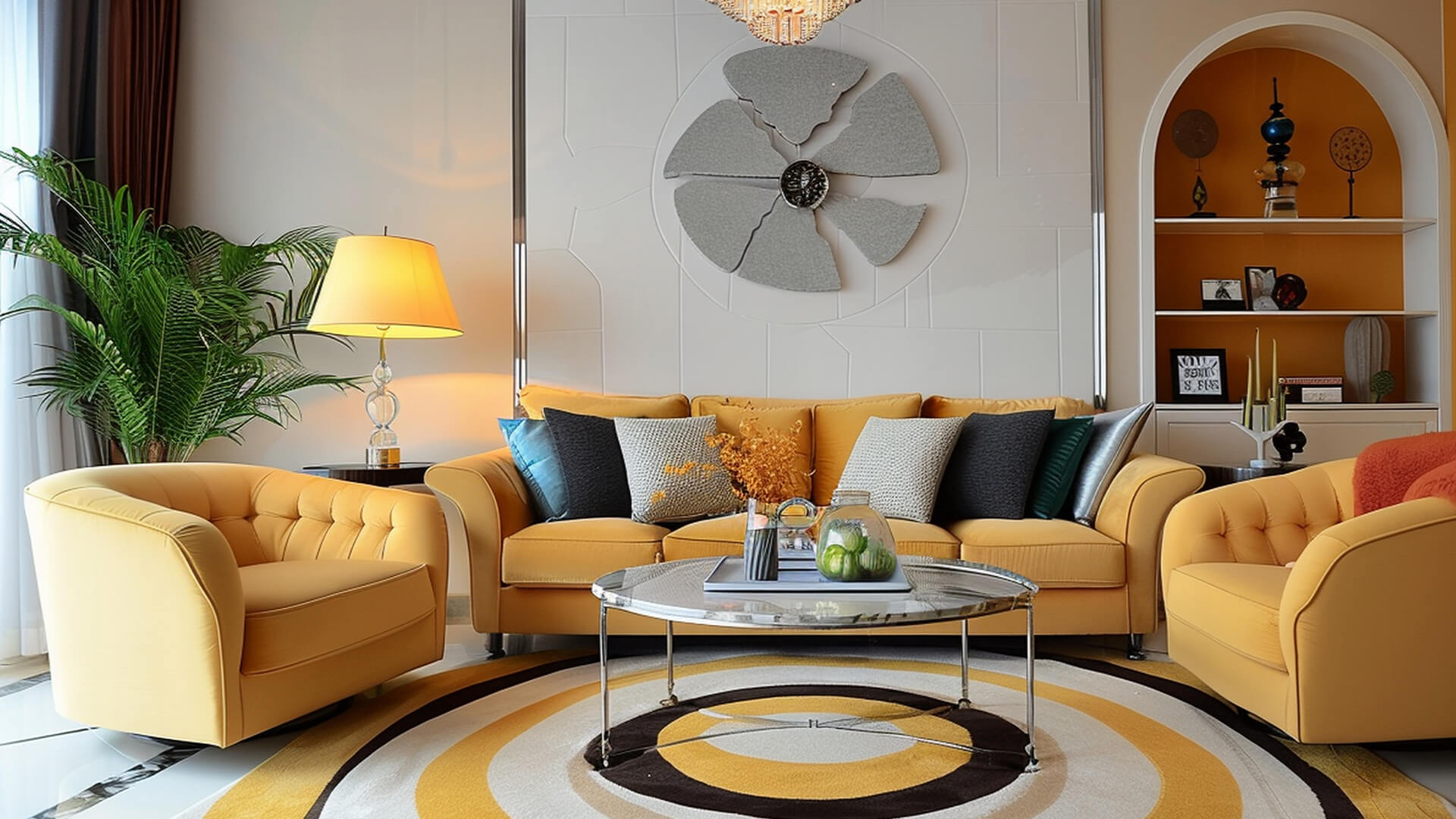
Creating a suitable atmosphere in a bistro or bar involves more than just serving quality food and drinks—it is about creating a space that resonates with prospects. Our bistro design interior sets the mood and characterizes it, providing a backdrop to the culinary delights on your menu. Read on to find out ways to ensure your place is not just efficient but also stunning.
Each decision on color, scheme, and layout influences the ambiance of your bistro. A thoughtfully crafted design has the potential to elevate the experience. Whether you’re starting from scratch or planning to renovate your current space, grasping the essential aspects of bistro design is vital. This guide encompasses everything from selecting a unified theme to opting for appropriate furniture and lighting. A journey towards enhancing the customer experience while reflecting your brand’s unique identity.
Conceptualizing Your Bistro’s Theme
The first step in creating an inviting atmosphere is defining your theme. Your bistro or bar design interior should align with your brand identity and resonate with your target audience. For example, opting for a modern theme might involve minimalistic designs, clean lines, and neutral colors that convey a sleek and sophisticated look.
When choosing your theme, consider the story you want to tell and the emotions you want to evoke. A vintage aesthetic can spark nostalgia in your guests, while an industrial design with exposed brick and metal accents can set a modern, urban tone. The key is to maintain consistency throughout the space, from furniture to wall décor, ensuring a cohesive and harmonious appearance.
Color scheme and Lighting
The colors you choose are crucial in setting the mood. Warm tones like red, yellow, and orange tend to stimulate appetite and are ideal for a lively and energetic dining atmosphere. Conversely, cooler tones like blue and green create a more relaxing and calming vibe, making them better suited for a laid-back bar or café.
Lighting also plays a significant role in shaping the ambiance. It should complement your color scheme and theme. Soft, warm lighting creates a cozy, inviting atmosphere, while brighter lights work ideally in vibrant, high-energy settings. Adding depth and character through a mix of light sources—such as pendant lights, wall sconces, and candles—can elevate your bistro’s aesthetic. Additionally, adjustable lighting allows you to tailor the atmosphere to different times of the day and various events, enhancing the overall dining experience.
The Efficient Use of Space
The layout of your bistro is a critical component of the design process. It dictates how guests move within the space and how efficiently your staff can navigate. Start by considering the available area and strategically positioning furniture and equipment to create a comfortable and practical environment. For example, spacing tables and chairs adequately allows guests to move about easily, while a well-placed bar counter can encourage interaction and conversation among patrons.
In smaller spaces, opt for multi-functional furniture like high stools that tuck neatly under tables or benches that provide extra seating without taking up much room. Thoughtful placement of key areas such as the bar, kitchen, and restrooms can significantly boost operational efficiency and enhance the overall customer experience.
The Furniture Selection
Selecting the right furniture is crucial in bringing your design vision to life. The pieces should align with your theme while offering both comfort and durability. For example, wooden chairs and tables with soft cushions can evoke a rustic vibe while ensuring a comfortable dining experience.
When choosing furniture, prioritize options that are both stylish and built to withstand the demands of a busy bistro. Leather or vinyl upholstery is easy to clean and maintain, while solid wood or metal frames ensure durability and stability. Additionally, the furniture should be appropriately sized to fit the space—oversized pieces can overwhelm small areas, while too many small items can lead to a cluttered, cramped environment.
The Decorative Elements
Decorative elements are the finishing touches that can make or break your interior design. They should harmonize with your theme and color scheme while adding texture and visual interest. For example, artwork can serve as focal points and spark conversations. Consider local or thematic pieces that tell a story and contribute to the mood you want to create.
Greenery is a versatile addition that enhances any interior. Plants can soften the space, purify the air, and bring a touch of freshness to urban or industrial settings. Murals, decorative tiles, or chalkboards displaying daily specials can also add character and charm to your bistro.
Incorporate elements that tie together your unique style and resonate with your customers. For instance, vintage glassware on open shelves can lend character to a retro-themed bistro, while modern sculptures or abstract art can complement a contemporary space.
The Walls and Floorings
Flooring and wall treatments play a significant role in shaping the ambiance and functionality of your bistro. With a wide range of options available, each choice brings its own unique aesthetic and practical benefits.
When considering wall treatments, think about the mood you want to convey. Exposed brick can offer a rustic, industrial vibe, while smooth, plastered walls in light colors create a more modern atmosphere. Wallpaper is another option that adds texture and visual interest without overwhelming the space.
Additionally, wall treatments can be used strategically to define different areas within your bistro. For instance, textured walls might highlight the bar area, while a contrasting treatment in the dining section can introduce separation and warmth.
The Bar As A Focal Point
The bar is a key focal point in your bistro and deserves careful attention in your design plan. It’s more than just a place to mix cocktails—it’s an integral part of the dining experience. The layout should be both efficient and comfortable, allowing staff to operate smoothly while still engaging with guests in the area.
Aesthetically, the bar should seamlessly blend with the overall concept and style of your bistro. Materials like wood, stone, or metal can add texture and character. Lighting is another crucial element—accent lights can highlight bottles and glassware, while pendant or under-bar lighting introduces warmth and a touch of allure.
The Exterior and Signage
The exterior of your bistro, including signage, is the first point of contact with potential customers. It plays a crucial role in attracting passersby and should reflect the interior design and theme. A well-crafted sign can convey the essence of your brand and spark curiosity and interest.
Beyond signage, consider the overall exterior appeal of your bistro. Outdoor seating, if feasible, can be especially attractive, particularly in pleasant weather. Incorporating planters, greenery, and exterior lighting can add charm and create an inviting atmosphere.
Additionally, the entrance should be welcoming and easy to locate. A clearly defined path leading to the door, enhanced with lights and visual cues, can guide guests smoothly into the bistro. Ensure that any outdoor furniture aligns with the interior design and theme, creating a cohesive look that flows seamlessly from the outside in.
The Conclusion
Designing a bistro or bar involves harmonizing various elements that collectively shape the guest experience. From flooring and wall treatments to technology and sensory engagement, each detail works together to create a warm, efficient, and memorable space.
As you embark on this journey, focus on the intention behind every design choice, ensuring that each element serves a clear purpose and aligns with your vision. By paying attention to these key areas, your bistro or bar becomes more than just a place to dine—it transforms into a sought-after destination.

